By Elizabeth Barry, COO, CAF Worldwide
When it comes to the ongoing Section 301 tariffs—the Trump administration’s enforcement of U.S. trade rights under the Trade Act of 1974—there’s a daily wave of uncertainty. The latest, a threatened $156 billion increase on Chinese goods, was again postponed until Dec. 15. The looming deadline marks a 15-percent additional duty on imports such as footwear, apparel and textiles.
Such delays and mixed signals from both the U.S. and Chinese governments are leaving shippers wondering if they should act now, or just wait and see. Understanding and utilizing the many systems and processes at play within the logistics and freight forwarding arena can help allay trepidation and ensure you and your clients are on sure footing, no matter the most recent battle or outcome of the U.S.-China trade war.
This includes keeping abreast of the latest trends facing all aspects of the industry, ranging from supply chain and production to tariff schedules and duty drawbacks.
Regardless of what happens Dec. 15, consult CAF Worldwide and consider the following strategies:
1. Re-Examine Your Supply Chain
Don’t feel overwhelmed. Think about every supply chain link separately, and focus on what you can adjust.
Examine your distribution channel, and where gaps might occur. This could be specific processes that might need tweaking, the people behind them, or relationships with external providers.
Working with a freight forwarder and in-house customs broker can help mitigate concerns. Shippers should take a big picture look on how to save money and readjust other supply chain protocols, accordingly.
2. Production Relocation
There’s been a production shift toward countries such as Vietnam throughout the last few years, and additional potential tariff increases are expected to position the region for even more growth. The footwear industry has been one of the most affected sectors with this relocation, and already experiences some of the highest rates.
Industry trade group The Footwear Distributors and Retailers of America (FDRA) notes tariffs “averaging 11% but reaching upwards of 48% and 67.5% on certain footwear types.”
Such trends were echoed by Alan Murphy, CEO of Sea-Intelligence, a Copenhagen-based shipping consultant, who wrote in a white paper published by The Journal of Commerce (JoC) that “Vietnam, which already had been enjoying 10 to 15 percent growth in its exports to the US, is now experiencing 25 percent growth compared to 2018.”
3. Tariff Engineering
With creative thinking and reassessment, some imports might be eligible for reclassification through tariff engineering—making minor adjustments during the product’s design process prior to importation. This can help with lowering a specific tariff rate.
Modifications completed prior to importation are admissible for review. A freight forwarder and customs broker can help with this by ensuring product designs are in accordance with U.S. Tariff policy.
Examples in apparel and footwear include adding a specific fabric, stitching, or strategically placed pocket for reclassification under a lower tariff rate, per the U.S. Harmonized Tariff Schedule (HTS). More on that later.
4. Duty Drawback
Duty drawback—refunds of duties paid on U.S. imports that are eventually exported—can also help alleviate tariff increases in the short and long term. Both U.S. importers and exporters would be eligible for a whopping 99-percent refund.
For exporters, this means if materials intended for international sale were manufactured in a high-tariff country, such as China, the end customer won’t be burdened with the extra increases. The drawback also encompasses destroyed or unused merchandise.
5. Review the Harmonized Tariff Schedule Database
There are currently 99 categories of U.S. imports listed within the HTS, which serves as a guide for the U.S. Customs and Border Protection when determining an import’s classification.
A freight forwarder consultant can help with reclassifying your product, or requesting an applicable exclusion. This can be a daunting process, as it involves submitting several types of documentation. It’s also become more common, however, due to pending legislation, leading to an influx of requests.
6. Bonded Warehousing & Foreign Trade Zones
If your imports aren’t time-sensitive, consider bonded warehouses, where goods otherwise subject to increased tariffs can be stored up to five years. Products can then be shipped overseas or brought into the United States after corresponding tariffs have expired, or an exclusion has been granted by the U.S. Department of Commerce (DOC).
Another storage option is within a Foreign Trade Zone (FTZ). These tariff-free facilities process, assemble, and re-export products. They’re located throughout the United States. To find one near you, consult the DOC website.
7. Consult CAF Worldwide
Regardless of what happens Dec. 15, working with an experienced freight forwarder that understands your business and provides proper guidance can help alleviate any pain points you might experience within your business.
CAF Worldwide provides a full host of logistics services, including international freight forwarding and customs brokerage. Give us a call (516-444-3700), or send an intro email (info@cafworldwide.com) to learn how we can help with your supply chain processes.
Click here to subscribe to our website, and to receive the latest CAF Worldwide Quarterly Forecast direct to your inbox.
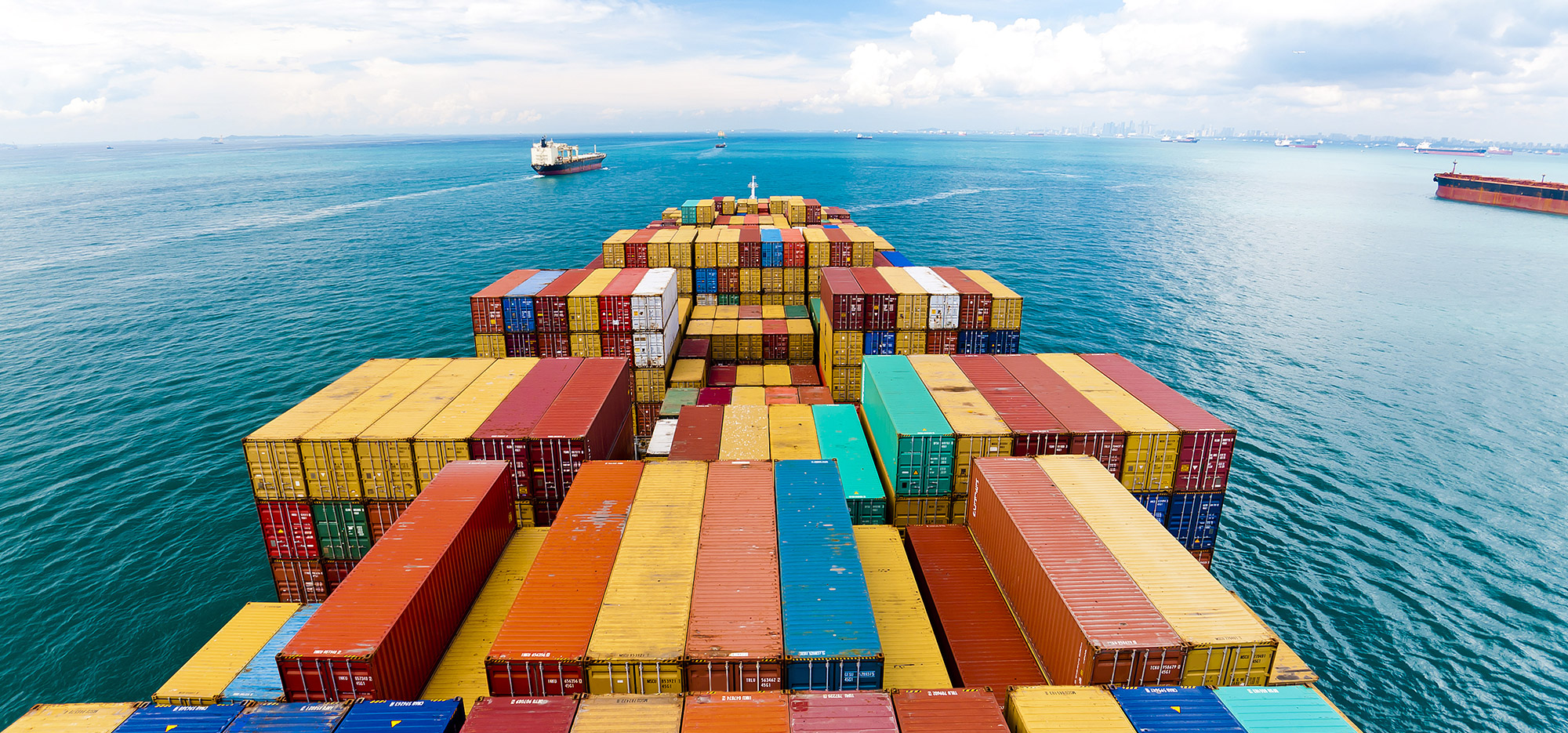

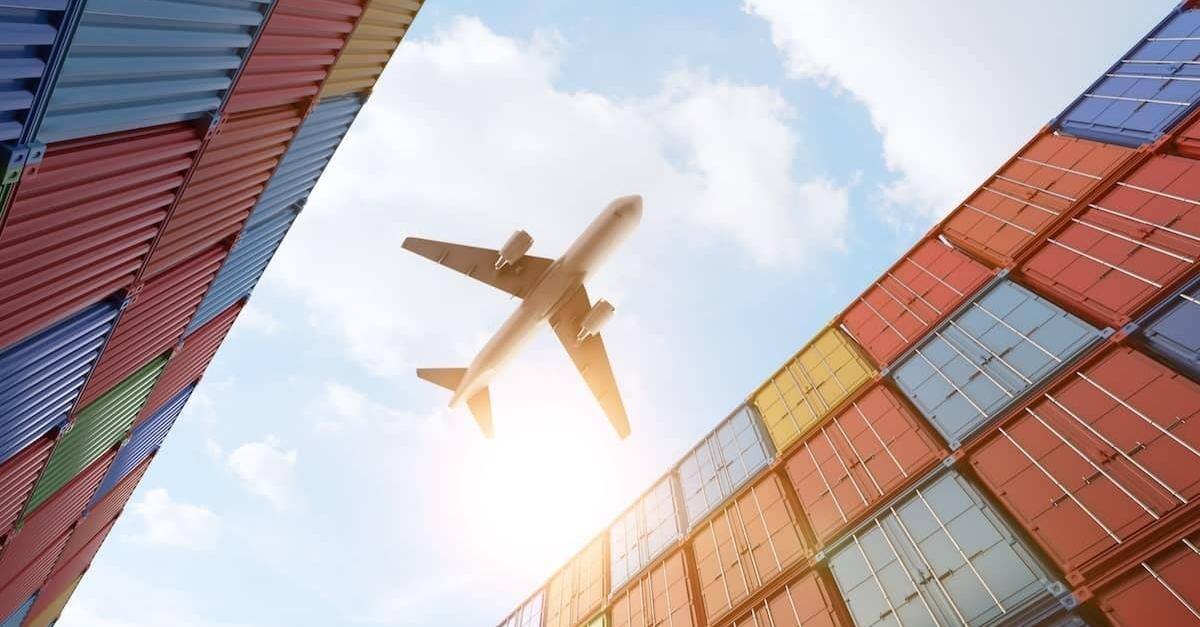
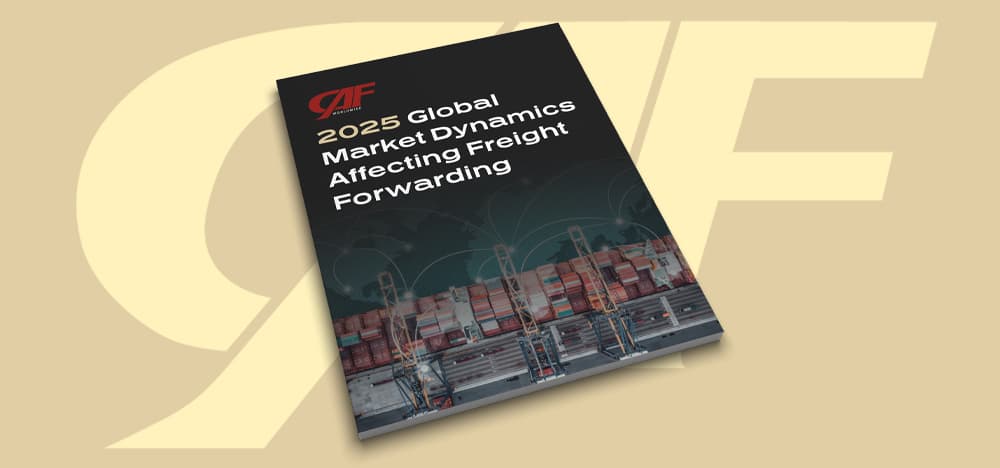

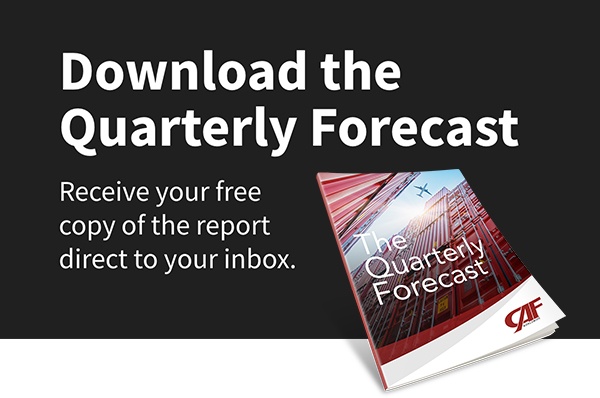

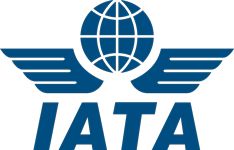





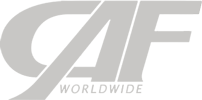 Copyright 2025 CAF Worldwide. All rights reserved.
Copyright 2025 CAF Worldwide. All rights reserved.